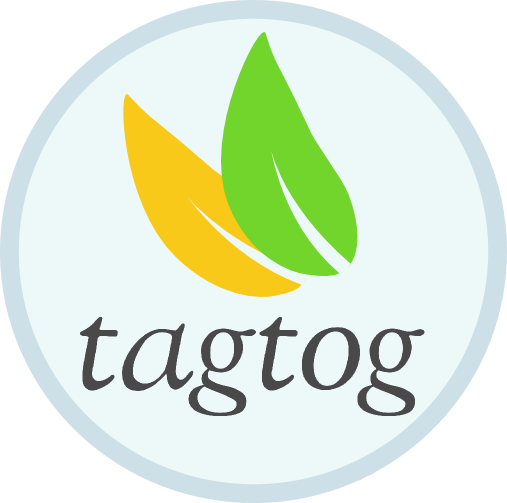As of now, the GUI shows a default method to calculate the Inter-Annotator Agreement (IAA) for all annotation types, namely: document labels, entity types, entity normalizations, entity labels, and entity relations. The default method is called in the descriptions below: exact_v1. The API, on top, allows you retrieve the IAA calculated with three different methods, namely: {exact_v1, overlapping_v1, documentlevel_v1}. Not all calculation methods are available for all annotation types. Below we describe the possible IAA calculation methods, grouped by annotation type. First some definitions:
Definitions
anntaskId: (also calledclassId) is the unique id of an annotation type, for example,e_1,m_2, orr_3.offsets: (of an entity) are its 2 string coordinates,startandend(defined as:end = start + length(entity's text)). Moreover, since tagtog’s native format (anndoc) can contain differentparts(strings) in a same document, there is actually an implicit third coordinate, namely thepartId. In all descriptions below we always implicitly consider that thepartId’s of two entities are equal in order to be compared, unless stated otherwise.value: (of a document label, or an entity normalization, or an entity label) is the absolute value assigned to the annotation. For example"some"(a string value) ortrue(a boolean value).
Document labels
Given two different document labels (from two different annotation versions, e.g. different members), they are equal if:
exact_v1 (default)
- The
anntaskId’s are equal, AND - The
value’s are equal
Entity Types
Given two entity types (from two different annotation versions, e.g. different members), they are equal if:
exact_v1 (default)
- The
anntaskId’s are equal, AND - The
offsetsare equal
overlapping_v1
- The
anntaskId’s are equal, AND - The
offsetsoverlap in at least one character
Entity Normalizations
Given two entity normalizations (from two different annotation versions, e.g. different members), they are equal if:
exact_v1 (default)
- The
anntaskId’s are equal, AND - The (entity)
offsetsare equal, AND - The normalization
value’s are equal
overlapping_v1
- The
anntaskId’s are equal, AND - The (entity)
offsetsoverlap in at least one character, AND - The normalization
value’s are equal
documentlevel_v1
- The
anntaskId’s are equal, AND -
The normalization
value’s are equalIn this case, the entity offsets are disregarded. In practice, the entity normalizations’ values (of a document) are compared as if they were sets. That is, for instance, if annotation version A had the normalization x annotated 5 times, and the annotation version B had the same normalization x annotated only once, the repetitions are disregarded and both annotations, for this particular normalization, are considered equal.
Entity Labels
Given two entity labels (from two different annotation versions, e.g. different members), they are equal if:
exact_v1 (default)
- The
anntaskId’s are equal, AND - The (entity)
offsetsare equal, AND - The entity label
value’s are equal
overlapping_v1
- The
anntaskId’s are equal, AND - The (entity)
offsetsoverlap in at least one character, AND - The entity label
value’s are equal
Entity Relations
Given two entity relations (from two different annotation versions, e.g. different members), relating two entities (e.g. a & b and a’ & b’, resp.), they are equal if:
exact_v1 (default)
- The
anntaskId’s (of the relation) are equal, AND - The
anntaskId’s of the two related entities (a with a’ & b with b’) are equal, AND - The
offsetsof the both related entities (a wtih a’ & b with b’) are equal
overlapping_v1
- The
anntaskId’s (of the relation) are equal, AND - The
anntaskId’s of the two related entities (a with a’ & b with b’) are equal, AND - The
offsetsof the both related entities (a wtih a’ & b with b’) overlap in at least one character
